Court standards for squash courts
The venue standards of squash courts mainly include the following aspects:
1、 Venue size
The international standard size of a squash court is 9.75 meters long, 6.4 meters wide, and 4.57 meters high. This is a relatively precise size specification that ensures fairness and competitiveness in the competition. For example, in international squash competitions, all courts must be built strictly according to this size to ensure that athletes can adapt to the same spatial conditions when playing on different courts.
The distance between the front and back walls is 9.75 meters, which provides enough space for players to move forward and backward and hit the ball. At the same time, the width of 6.4 meters allows players to have a certain range of movement in the left and right directions, making lateral movements and changing direction shots. The height of 4.57 meters ensures that the ball has enough space during flight and will not easily hit the top.
2、 Wall requirements
The four walls of a squash court are usually constructed with special materials to ensure the ball's rebound performance and durability. The front wall is usually made of transparent glass material, which facilitates the audience to watch the game and the referee to make judgments. The back and side walls are generally made of sturdy concrete or other high-strength materials, and undergo special treatment to give their surfaces good elasticity, allowing the ball to bounce back at an appropriate speed.
The color of the walls is usually white or light, which makes it easier for players to see the trajectory of the ball. At the same time, the surface of the wall should be smooth and flat, without obvious unevenness or cracks, so as not to affect the direction and speed of the ball's rebound. For example, in some professional squash courts, the walls are regularly inspected and maintained to ensure that their surface quality meets the requirements of the competition.
3、 Floor requirements
The flooring of squash courts is usually made of wood or rubber to provide good anti slip performance and cushioning effect. Wooden flooring has good elasticity and aesthetics, but requires regular maintenance and upkeep to prevent deformation and wear. Rubber flooring is more durable and has better anti slip performance, making it suitable for high-strength use.
The color of the floor is generally dark, contrasting with the color of the walls, making it easier for players to determine the contact point between the ball and the ground. The surface of the floor should be flat and smooth, without obvious gaps or protrusions, to prevent accidents when players run and hit the ball. For example, in some high-end squash courts, professional sports flooring materials are used for the floor, which have good shock absorption and sound absorption effects, reducing the risk of player injuries and noise interference.
4、 Lighting requirements
The lighting in the squash court should be uniform and bright to ensure that players can clearly see the trajectory of the ball and the condition of the court. The lighting intensity is generally required to be above 500 lux, which can meet the needs of competition and training. For example, in some professional squash events, the lighting system is carefully designed and tuned to ensure that there is sufficient light in every corner of the venue.
Lighting fixtures should be installed in suitable locations to avoid shadows and glare. Generally speaking, lighting fixtures are installed above walls or ceilings to ensure that light can be evenly distributed to all parts of the venue. Meanwhile, the casing of the lighting fixtures should be made of anti glare materials to reduce interference with the players' line of sight.
5、 Ventilation requirements
Squash courts need a good ventilation system to maintain air circulation and freshness. Due to the high intensity of squash, players generate a large amount of sweat and heat during the exercise. Poor ventilation can lead to indoor air pollution, affecting the health and performance of players.
The ventilation system should be able to effectively remove indoor moisture and odors, while introducing fresh air. Generally speaking, ventilation systems will be designed and installed using forced ventilation or natural ventilation according to the actual situation of the venue. For example, in some large squash courts, professional ventilation equipment such as fans and air purifiers are installed to ensure the quality of indoor air.


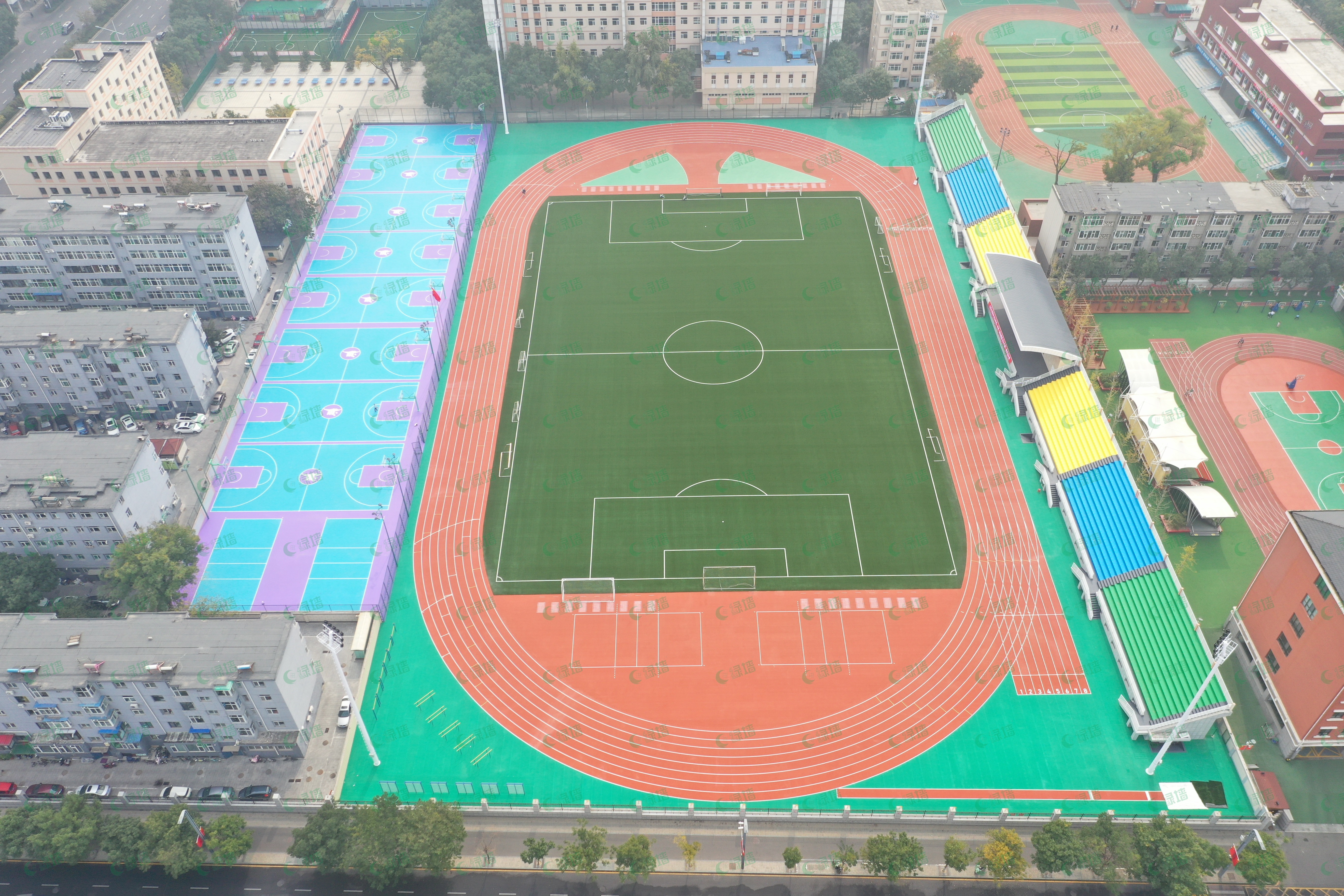
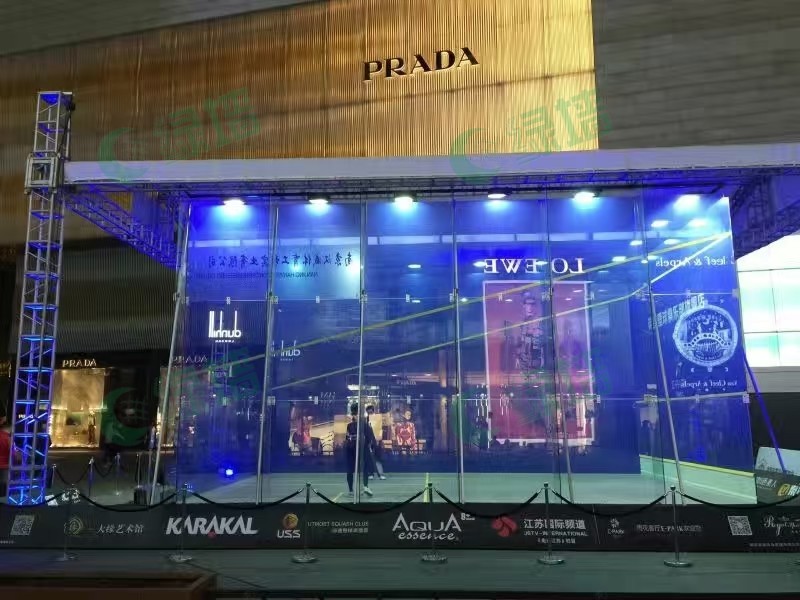
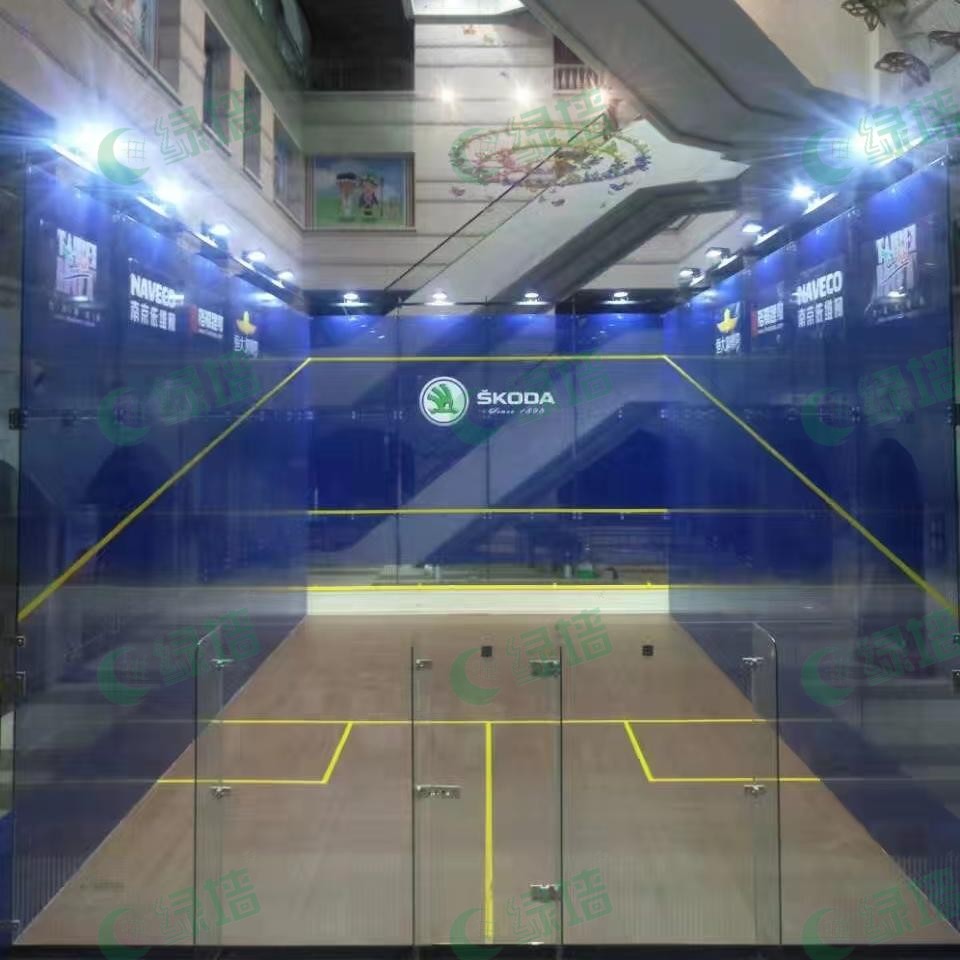
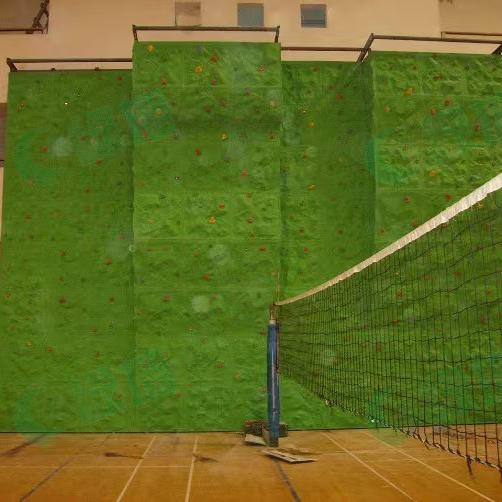
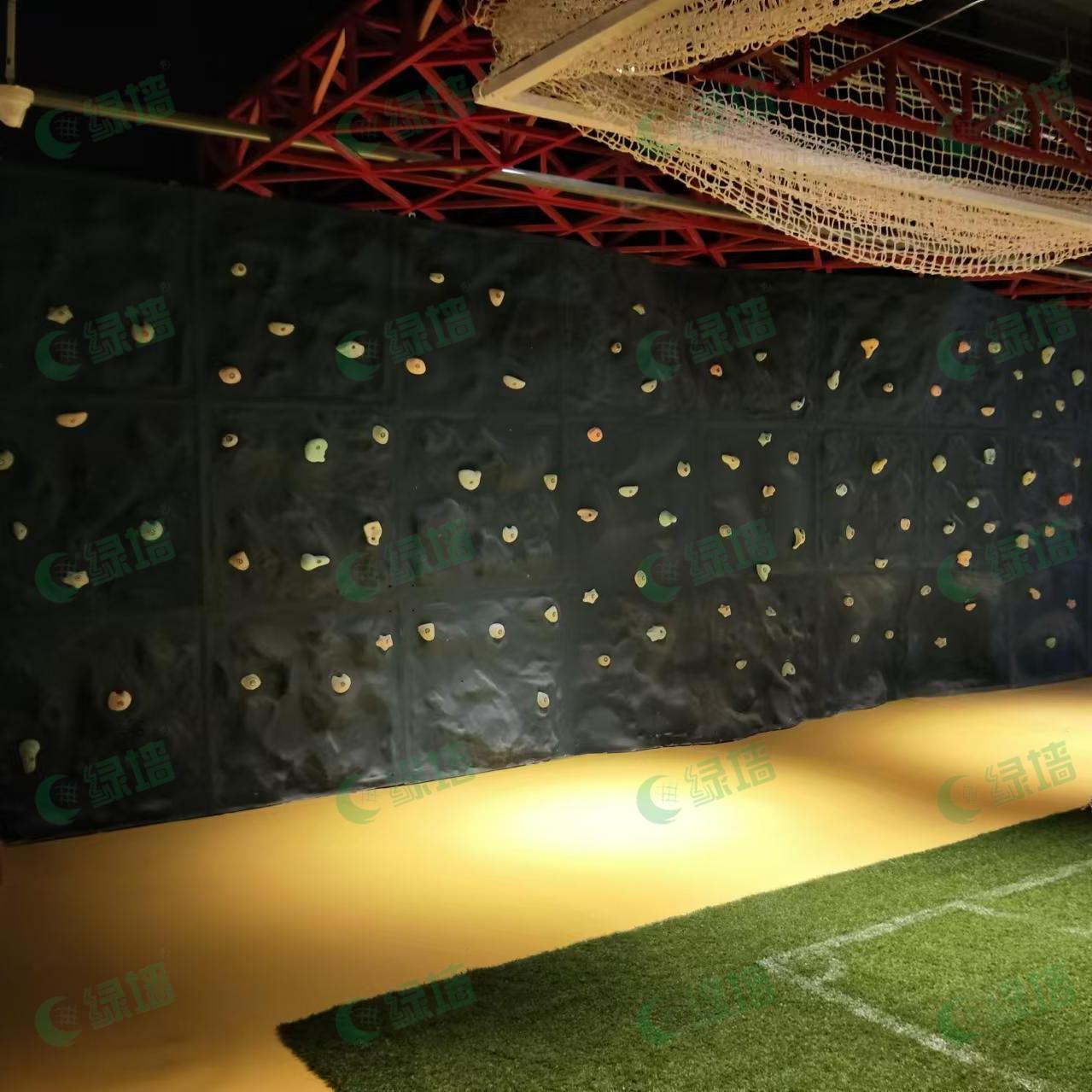




Please first Loginlater ~